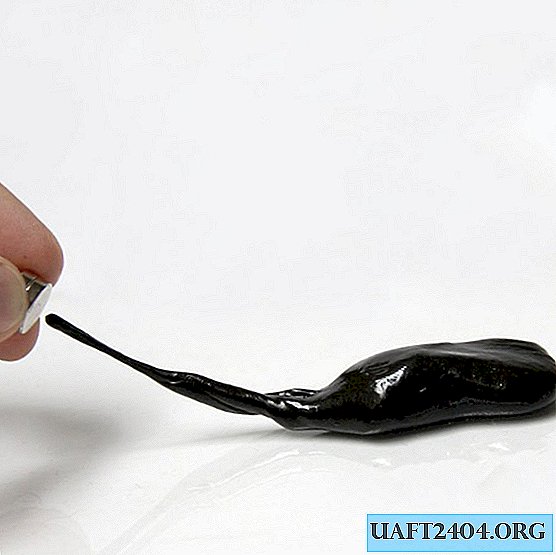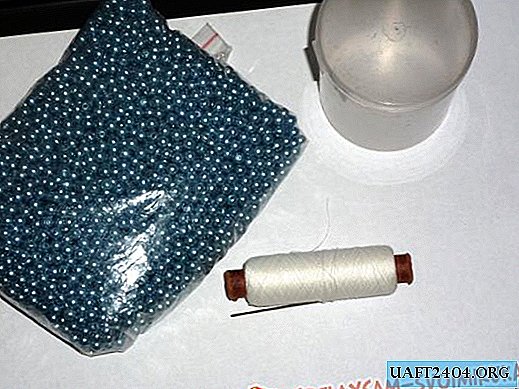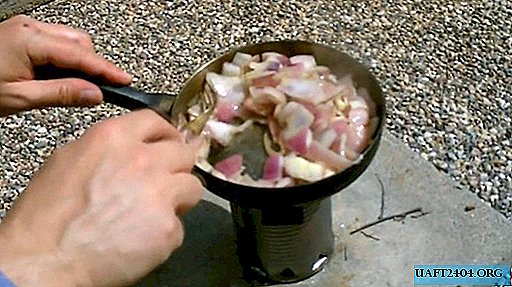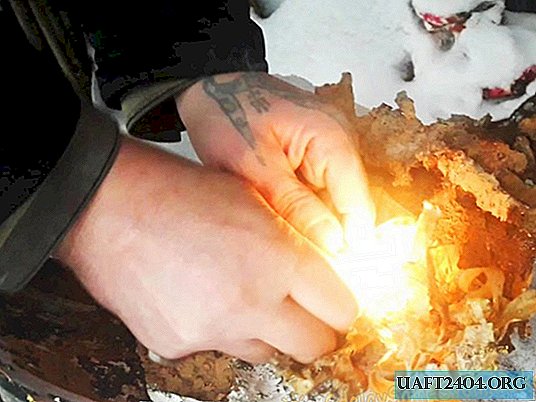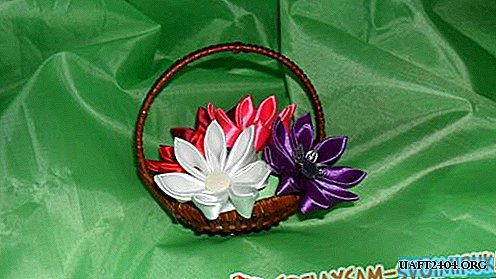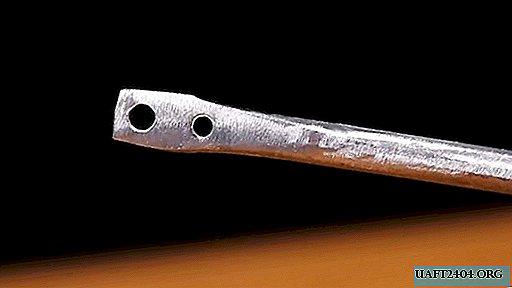Share
Pin
Tweet
Send
Share
Send
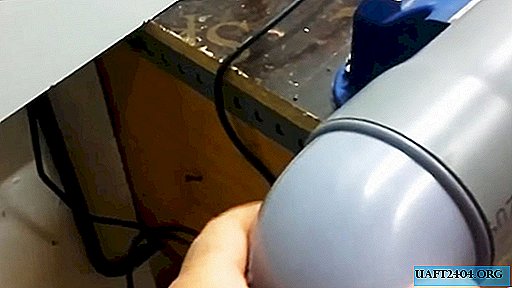
All sewerage and sewage water systems today are made of plastic pipes. They need to buy various corners, triangles, couplings and other additional elements. Connections are bell-shaped, the ends have the so-called "father" and "mother".

The first has a slightly larger diameter for the second end to enter.

Inexperienced plumbers often make mistakes in calculations, already during installation they learn that there are not enough additional elements. What to do if you go far to the store or there is no opportunity? The problem can be solved independently.


Instruments
You will need a building hair dryer, you can use a household one, but with a power of at least 2 kW. Another option is a gas burner. There is a bench vice - excellent, no - you can do without them, only it will work a little harder.

Manufacturing process
Wrap the paper on the "dad", press it to the surface as tightly as possible. Enough 1-2 turns, it all depends on its density. Bend long pieces into the pipe, make a neat fold.


Fasten the pipe section of the required length in a vice, do not tighten it strongly, it cannot withstand heavy loads.

Use a hairdryer to warm it up. The movements of the nozzle should be uniform around the perimeter of the circle. The heating length is 2-3 cm more than the size of the "mother". Keep in mind that PVC pipes are deformed or ignited in the slightest violation of the recommended heating mode; it is very difficult to fix problems.

By hand, constantly check the condition of the plastic, in places of heating it should become soft about the entire length of the heating, but not deform under its own weight.

Carefully start inserting "dad" into the heated section of the pipe. Hold both parts along the same axis. First, push the edge of the "dad" down a bit, this will increase the hole.

Then align and constantly turn left / right. Do not jam. As soon as 2–3 cm of pipe comes to the end, press the part further with great effort and constant turning all the way. Leave the part in place and cool the plastic, to speed up the process, you can wrap it with a damp cloth.
Separate the elements, remove the paper and check the connection. If you do everything carefully, it will work out the first time.


Output
By this method, it is possible to make bell-shaped joints of various diameters. If you make a bell on both sides, you get an excellent coupling. The only drawback is that the system can only be mounted vertically or at large angles - there is no rubber gasket in it. It is difficult to lay horizontally, it is necessary to use gaskets, and they do not give a 100% guarantee of tightness and durability.
Share
Pin
Tweet
Send
Share
Send

